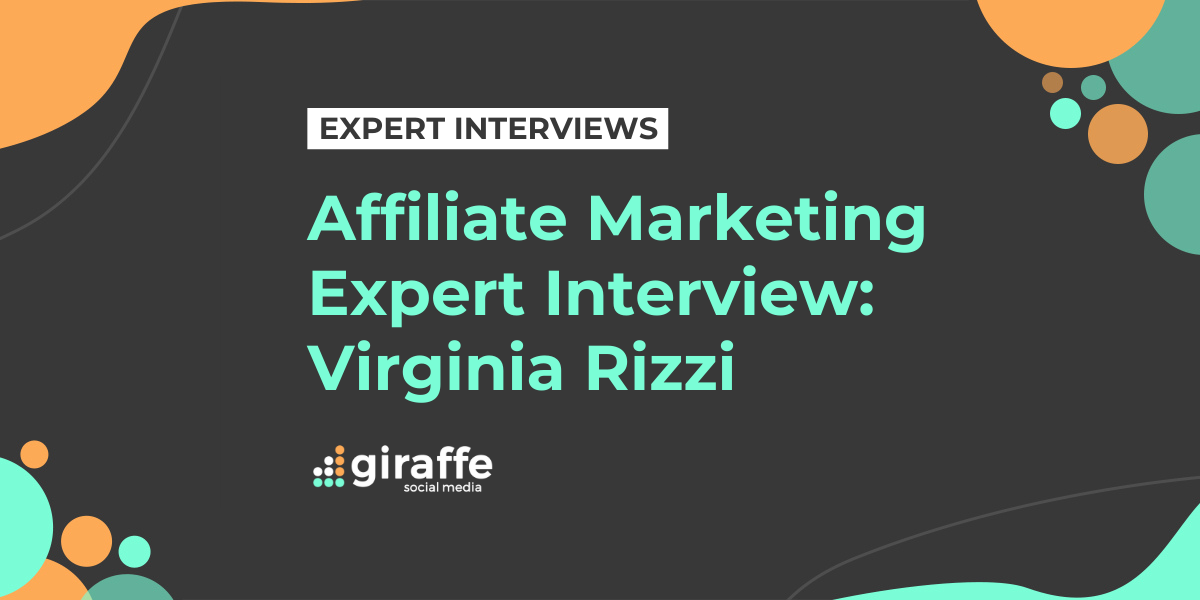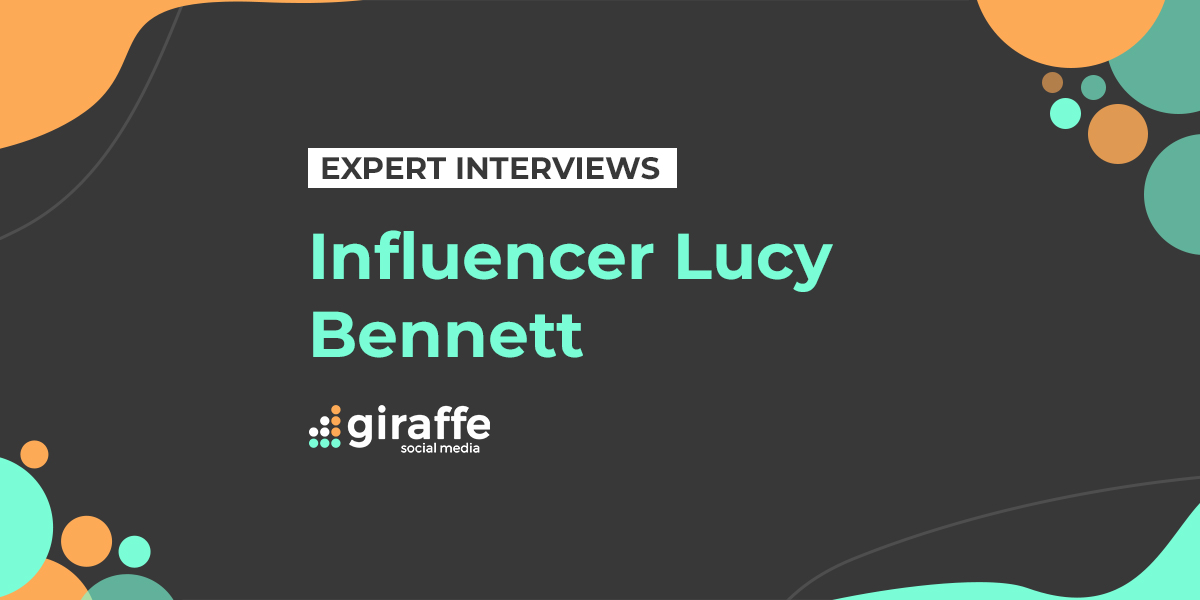 Eric Van Steenburg, Ph.D., is an Assistant Professor of Marketing in the Jake Jabs College of Business & Entrepreneurship at Montana State University. His research interests include nonprofit marketing, political marketing, consumer behaviour, and persuasive communications. Eric Van Steenburg has published in the International Journal of Advertising, Industrial Marketing Management, Journal of Product & Brand Management, Journal of Brand Management, Journal of Consumer Behaviour, Journal of Political Marketing, Journal of Promotion Management, and proceedings of several conferences. Before earning his Ph.D., Eric Van Steenburg was the executive director for a nonprofit organization and an adjunct lecturer at Southern Methodist University. We enjoyed talking marketing with Eric, hopefully, you’ll find it useful…
Eric Van Steenburg, Ph.D., is an Assistant Professor of Marketing in the Jake Jabs College of Business & Entrepreneurship at Montana State University. His research interests include nonprofit marketing, political marketing, consumer behaviour, and persuasive communications. Eric Van Steenburg has published in the International Journal of Advertising, Industrial Marketing Management, Journal of Product & Brand Management, Journal of Brand Management, Journal of Consumer Behaviour, Journal of Political Marketing, Journal of Promotion Management, and proceedings of several conferences. Before earning his Ph.D., Eric Van Steenburg was the executive director for a nonprofit organization and an adjunct lecturer at Southern Methodist University. We enjoyed talking marketing with Eric, hopefully, you’ll find it useful…
Talk us through a typical day for you…
After moving from the world of professional marketing into marketing academia about nine years ago, my typical day changed completely. Before, as a marketing communications strategist, it used to be about creating and implementing strategic plans to support a brand. Now it’s about teaching university students how to create and implement strategic plans to support a brand. So, like I said, completely different.
How did you get into marketing?
When I look back on my career path, it’s easy to connect the dots. But if you had told me when I started my career after graduating from college where I’d be today, I probably would have thought you were crazy. That’s because my goal back then was to work in professional sports. And I was headed that direction, working as a sports writer and editor for half a dozen years before I realized that between the long days and low pay, I was making about $1.25 an hour. So I moved into public relations – providing the news instead of reporting the news – at an agency that focused on marketing for the high-tech industry. From there it was an easy transition into corporate marketing. I worked at both privately held and publicly traded firms doing marketing and learning more about how marketing communications support the brand. Then I had a chance to prove it when I became the executive director for a nonprofit organization. During that time, I was able to go to graduate school and study marketing communications, and two years later I quit it all go pursue my doctorate in marketing full time. I’ve been in marketing academia since 2009 – first four years as a doctoral student, then the last five as an assistant professor of marketing.
Where do you get your latest marketing news and tips from?
I subscribe to numerous e-newsletters that provide marketing information, am part of several marketing-focused discussion groups, read reports and white papers from marketing firms, and watch just about any TED talk there is on marketing. Some of the sources include the American Marketing Association, Ad Age, and several academic journals.
What one piece of advice would you give a small business owner looking to market their business?
Think strategically. Customers will respond if you deliver the right message at the right time to the right audience. If you put customers first, thinking about their wants and needs in terms of what problem you’re solving for them, you’ll be successful.
What’s the best book on marketing you’ve ever read? What lessons did you take away from it?
I don’t know if it qualifies as a marketing book, but when I read it I see all the ways it applies to marketing. The book is “The Tipping Point” by Malcolm Gladwell. All I can think about is that it provides so much applicable information on how to create a successful brand. Tips include how to be strategic and how to identify the best target segments.
I think it does count as marketing books. Any Gladwell is worth a read! Do you have a favourite marketing campaign of recent years? What was it and why does it stick in the memory?
Two campaigns that come to mind are ones that I show to my students all the time as examples of good marketing.
The first is from Old Spice, whose campaign began several years ago when P&G wanted to reposition the brand from one for old men to one for cool men. The first ad showed a suave, tanned, muscular young man who spoke directly to women and asked if their man could “bake you a cake in a kitchen he built with his bare hands?” This helped establish a brand personality with an audience who probably never even considered Old Spice before. Later iterations of the campaign continued with this development of the “Old Spice man” and even incorporated other P&G brands, such as Tide. The most recent versions of the campaign included a celebrity spokesperson, Terry Crews, to leverage source effects.
The second campaign I like is from Google and is designed to remind the audience about all the things Google can do for you. The two ads I show to my classes are “Dear Sophie” and “Parisian Love.” The reason this campaign works is because it leverages something called brand duality. This simply plays to the audience’s cognitive and affective components at the same time. The campaign shows an individual using Google in real life scenarios – a father creating an online diary for his daughter, and an American student who falls in love with a French girl. And while the audience is wrapped up in the story, they’re experiencing the value and functionality of Google’s products at the same time. The ads even end with a mouse click that exposes all the Google sub-brands, just to remind the viewer that everything they just saw was made possible by Google. Both ads ended up being award winners.
We’re big fans of the Old Spice commercials. What advice would you give a business owner who is stepping into the world of social media for the first time?
Learn what audiences use what social media for what purposes. Even though everyone is on Facebook, that might not be the best place for your brand if you have specific goals in mind. For example, Pinterest leads to more retail sales than any other social media network. Do your homework. Don’t just have a Facebook page to have a Facebook page.
In three words; describe the future of marketing.
Digital. Über-targeted. Highly-personal. – does that count as three, four or five?







